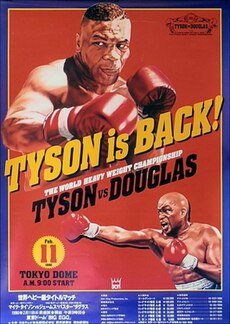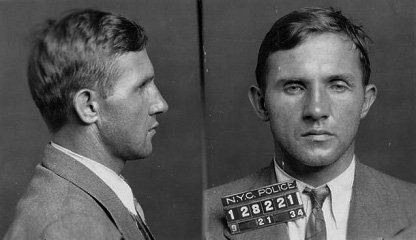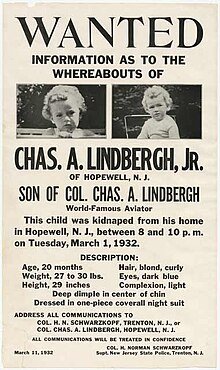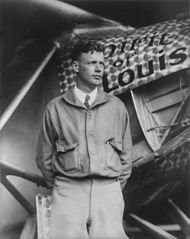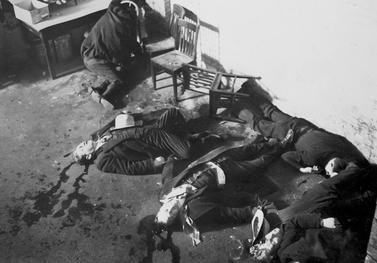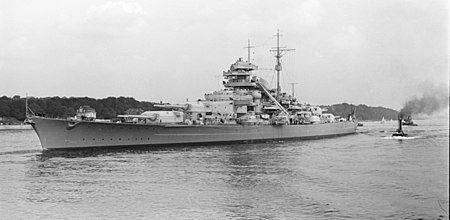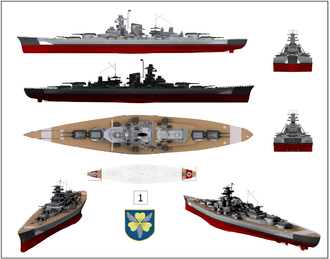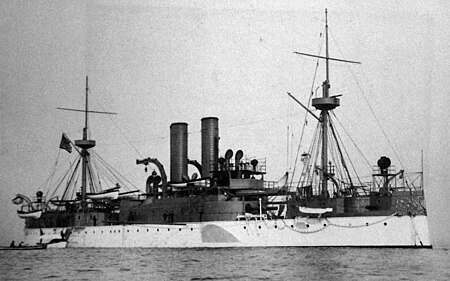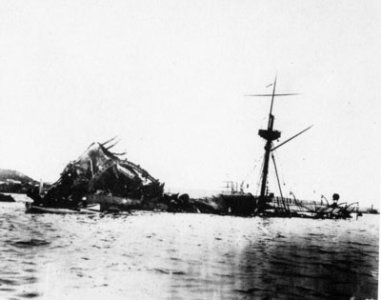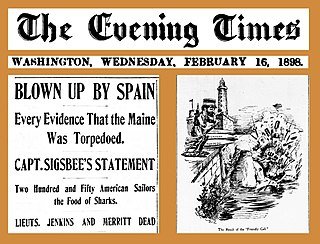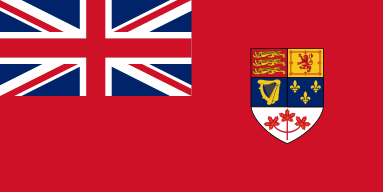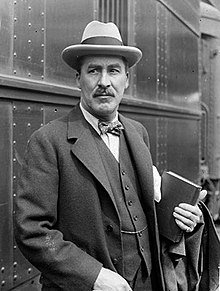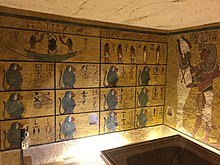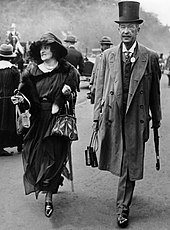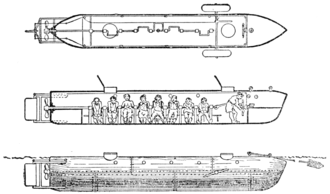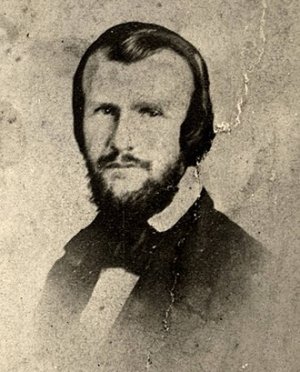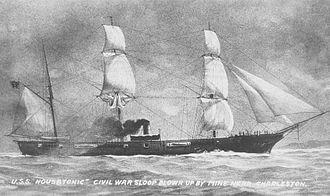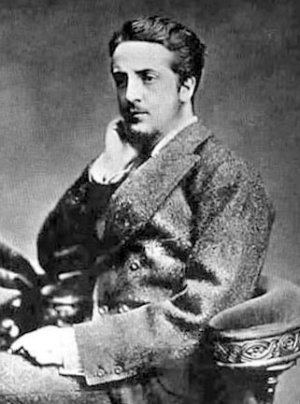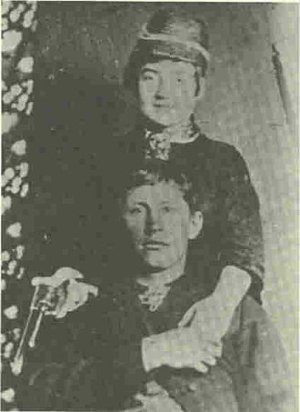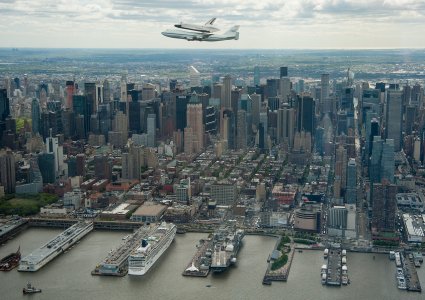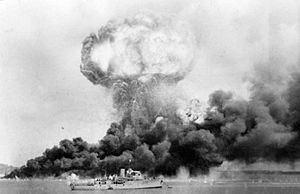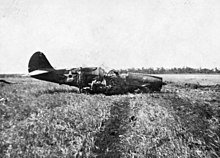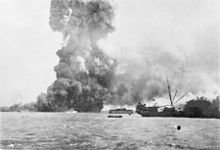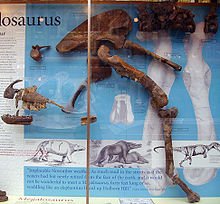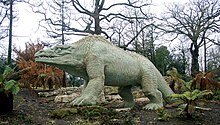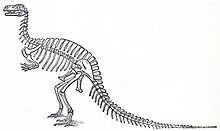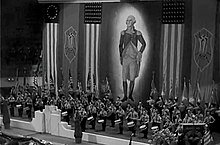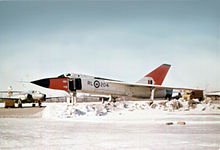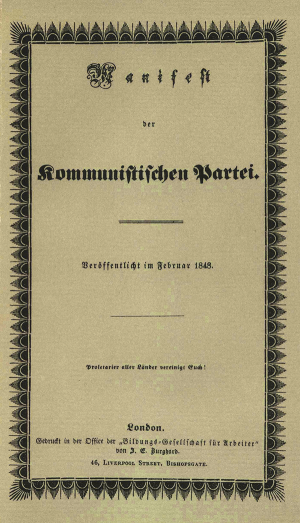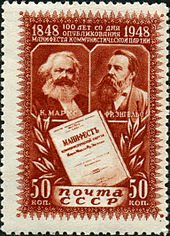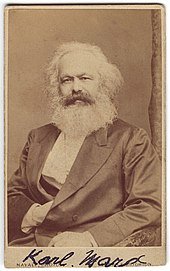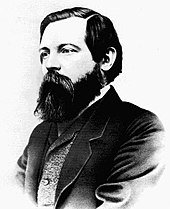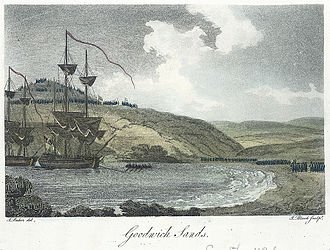darlowolf64
Supply Teacher & 2020/21 PTG Intertoto Cup winner
- Joined
- Jan 15, 2010
- Messages
- 30,923
- Reaction score
- 3,697
10th February
1906 – HMS Dreadnought, the first of a revolutionary new breed of battleships, is christened.
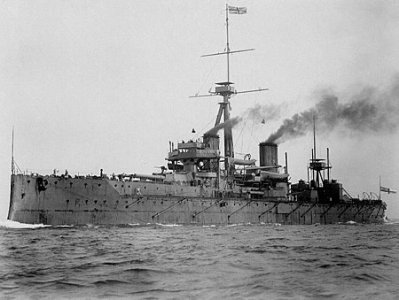
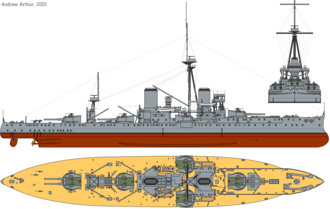
HMS Dreadnought was a Royal Navy battleship, the design of which revolutionised naval power. The ship's entry into service in 1906 represented such an advance in naval technology that her name came to be associated with an entire generation of battleships, the dreadnoughts, as well as the class of ships named after her. Likewise, the generation of ships she made obsolete became known as pre-dreadnoughts. Admiral Sir John "Jacky" Fisher, First Sea Lord of the Board of Admiralty, is credited as the father of Dreadnought. Shortly after he assumed office in 1904, he ordered design studies for a battleship armed solely with 12in guns and a speed of 21 knots. He convened a Committee on Designs to evaluate the alternative designs and to assist in the detailed design work.
Dreadnought was the first battleship of her era to have a uniform main battery, rather than having a few large guns complemented by a heavy secondary armament of smaller guns. She was also the first capital ship to be powered by steam turbines, making her the fastest battleship in the world at the time of her completion. Her launch helped spark a naval arms race as navies around the world, particularly the Imperial German Navy, rushed to match it in the build-up to the First World War.
Although designed to engage enemy battleships, her only significant action was the ramming and sinking of German submarine SM U-29; thus she became the only battleship confirmed to have sunk a submarine. Dreadnought did not participate in the Battle of Jutland in 1916 as she was being refitted. Nor did Dreadnought participate in any of the other First World War naval battles. In May 1916 she was relegated to coastal defence duties in the English Channel, before rejoining the Grand Fleet in 1918. The ship was reduced to reserve in 1919 and sold for scrap two years later.
Also on 10th February...
1306 – In front of the high altar of Greyfriars Church in Dumfries, Robert the Bruce murders John Comyn, sparking the revolution in the Wars of Scottish Independence.
1355 – The St Scholastica Day riot breaks out in Oxford, England, leaving 63 scholars and perhaps 30 locals dead in two days.
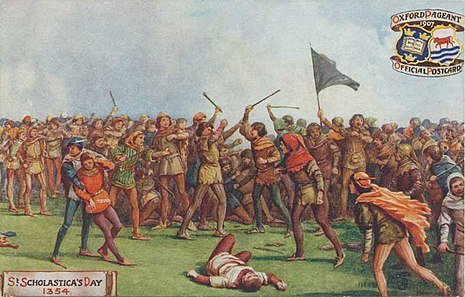
1502 – Vasco da Gama sets sail from Lisbon, Portugal, on his second voyage to India.
1567 – Lord Darnley, second husband of Mary, Queen of Scots, is found strangled following an explosion at the Kirk o' Field house in Edinburgh, Scotland, a suspected assassination.
1840 – Queen Victoria of the United Kingdom marries Prince Albert of Saxe-Coburg-Gotha.
1920 – Józef Haller de Hallenburg performs the symbolic wedding of Poland to the sea, celebrating restitution of Polish access to open sea.
1954 – U.S. President Dwight D. Eisenhower warns against United States intervention in Vietnam.
1962 – Cold War: Captured American U2 spy-plane pilot Gary Powers is exchanged for captured Soviet spy Rudolf Abel.
1989 – Ron Brown is elected chairman of the Democratic National Committee, becoming the first African American to lead a major American political party.
1906 – HMS Dreadnought, the first of a revolutionary new breed of battleships, is christened.


HMS Dreadnought was a Royal Navy battleship, the design of which revolutionised naval power. The ship's entry into service in 1906 represented such an advance in naval technology that her name came to be associated with an entire generation of battleships, the dreadnoughts, as well as the class of ships named after her. Likewise, the generation of ships she made obsolete became known as pre-dreadnoughts. Admiral Sir John "Jacky" Fisher, First Sea Lord of the Board of Admiralty, is credited as the father of Dreadnought. Shortly after he assumed office in 1904, he ordered design studies for a battleship armed solely with 12in guns and a speed of 21 knots. He convened a Committee on Designs to evaluate the alternative designs and to assist in the detailed design work.
Dreadnought was the first battleship of her era to have a uniform main battery, rather than having a few large guns complemented by a heavy secondary armament of smaller guns. She was also the first capital ship to be powered by steam turbines, making her the fastest battleship in the world at the time of her completion. Her launch helped spark a naval arms race as navies around the world, particularly the Imperial German Navy, rushed to match it in the build-up to the First World War.
Although designed to engage enemy battleships, her only significant action was the ramming and sinking of German submarine SM U-29; thus she became the only battleship confirmed to have sunk a submarine. Dreadnought did not participate in the Battle of Jutland in 1916 as she was being refitted. Nor did Dreadnought participate in any of the other First World War naval battles. In May 1916 she was relegated to coastal defence duties in the English Channel, before rejoining the Grand Fleet in 1918. The ship was reduced to reserve in 1919 and sold for scrap two years later.
Also on 10th February...
1306 – In front of the high altar of Greyfriars Church in Dumfries, Robert the Bruce murders John Comyn, sparking the revolution in the Wars of Scottish Independence.
1355 – The St Scholastica Day riot breaks out in Oxford, England, leaving 63 scholars and perhaps 30 locals dead in two days.

1502 – Vasco da Gama sets sail from Lisbon, Portugal, on his second voyage to India.
1567 – Lord Darnley, second husband of Mary, Queen of Scots, is found strangled following an explosion at the Kirk o' Field house in Edinburgh, Scotland, a suspected assassination.
1840 – Queen Victoria of the United Kingdom marries Prince Albert of Saxe-Coburg-Gotha.
1920 – Józef Haller de Hallenburg performs the symbolic wedding of Poland to the sea, celebrating restitution of Polish access to open sea.
1954 – U.S. President Dwight D. Eisenhower warns against United States intervention in Vietnam.
1962 – Cold War: Captured American U2 spy-plane pilot Gary Powers is exchanged for captured Soviet spy Rudolf Abel.
1989 – Ron Brown is elected chairman of the Democratic National Committee, becoming the first African American to lead a major American political party.

